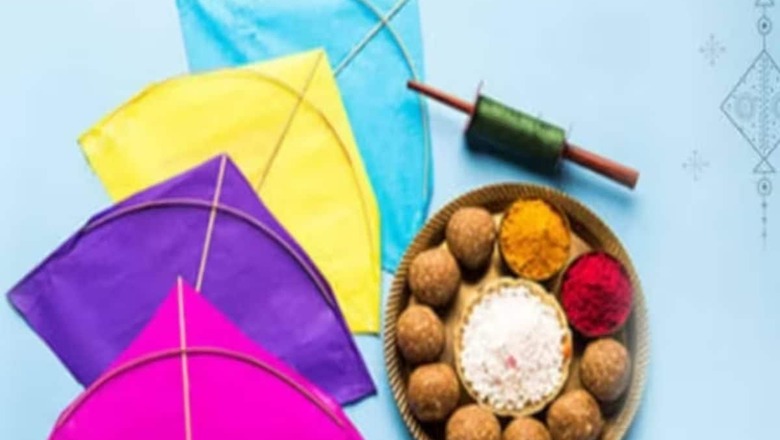
views
The Makar Sankranti celebrations are a reflection of regional traditions across states. It’s celebrated in different names from Pongal in Tamil Nadu to Uttarayan in Gujarat. The festival holds a distinct significance in Bihar.
On this occasion, a customary practice involves the rituals known as Tilkut. As per the traditional practices, mothers give sesame seeds, jaggery and rice in the hands of their sons and extract a promise from them. The sons promise to support their parents in their old age. Notably, daughters don’t participate in the Tilkut rituals performed on the occasion of Makar Sankranti.
Astrologer Pandit Pradeep Acharya reveals that, after marriage, daughters become part of another family. During Makar Sankranti, a customary practice involves the rituals of Tilkut. This involves offering sesame seeds, jaggery and rice to the family deity. Mothers engage in this tradition with sons and daughters-in-law. Pandit Acharya explained the reason for excluding daughters from this tradition and the significance of the use of sesame seeds.
Acharya explains that this exclusion is based on the belief that, after marriage, daughters move to their in-laws’ houses, while sons traditionally continue residing with their parents.
After daughters move to their in-laws’ house, they become part of a different family, no longer residing with their parents. In such instances, this tradition could be observed in their new household.
Makar Sankranti is marked by vibrant celebrations, including colourful decorations, rural children visiting houses, singing and seeking treats in certain regions. Festivities also include melas, dances, kite flying, bonfires, and communal feasts.
The celebration is observed every year in January, dedicated to the Hindu sun god Surya. The significance of Surya in this festival can be traced back to Vedic texts, notably the Gayatri Mantra, a sacred hymn found in Hinduism’s Rig Veda scripture.
Sankranti, a Hindu observance and festival, generally falls on January 14 every year (January 15 in a leap year). The day marks the transition of the Sun from the Sagittarius zodiac sign to Capricorn (Makara).




















Comments
0 comment